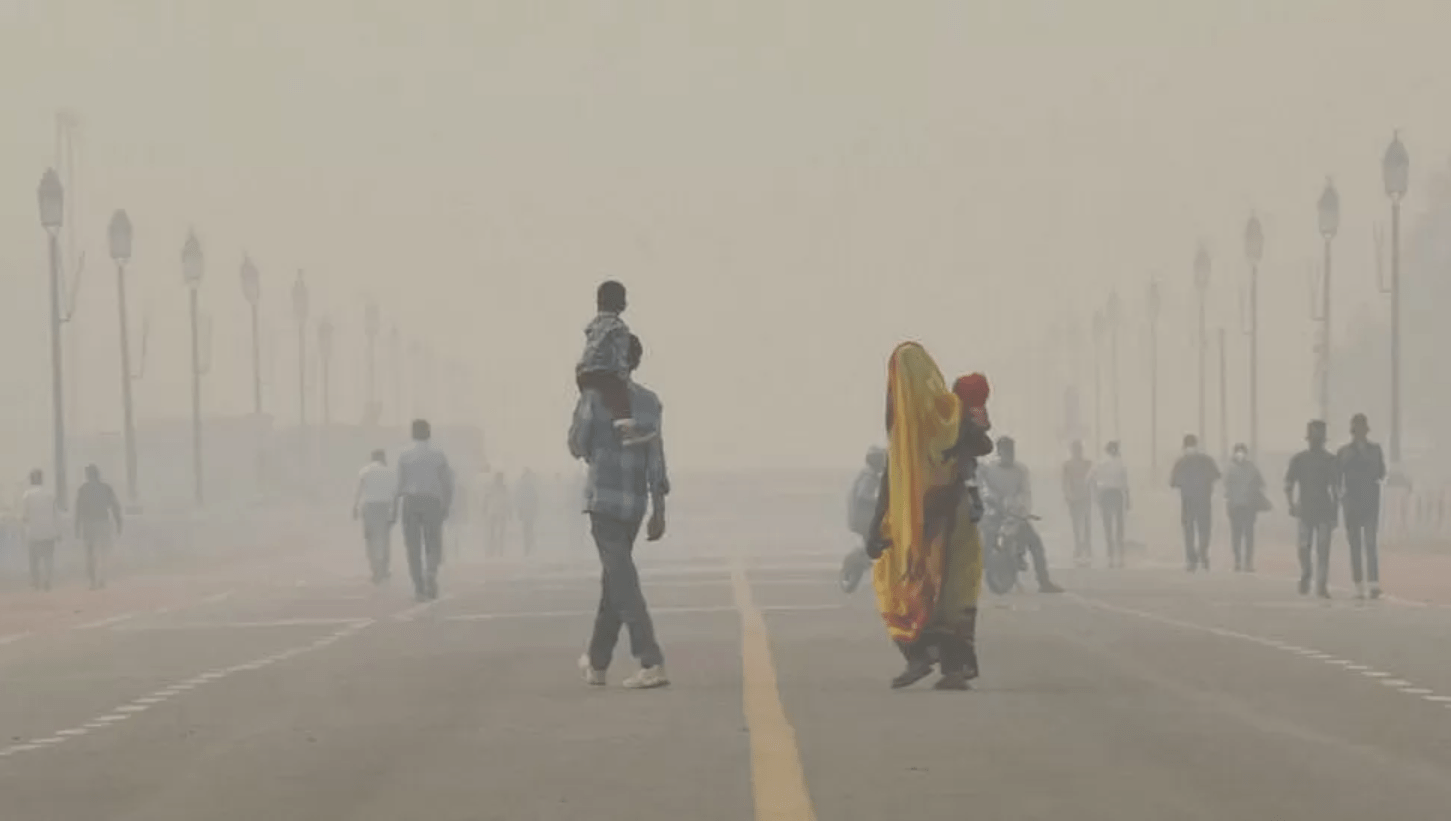As winter seeps into the interiors of Delhi, air pollution has started altering and affecting the lives of its residents. However, the scale at which it affects the various social groups differs. As people resort to various measures of defending themselves from impending health hazards, the accessibility to these measures, the scale of vulnerability, and the question of environmental responsibility become essential.
The air quality in Delhi has been a major concern for several years, and it is influenced by various factors such as vehicular emissions, industrial activities, construction dust, crop burning in nearby regions etc. Various studies have proven that exposure to air pollution will result in multiple health hazards, including respiratory malfunctions and associated morbidities.
The structure of social inequality in Delhi exacerbates the impact of poor air quality, as vulnerable populations are more exposed to pollution and less equipped to cope with its effects.
However, the exposure results are not uniformly distributed – the brunt of this falls upon the underprivileged sections of the capital who contribute the minimum towards the pollution but suffer its most brutal blows. The structure of social inequality in Delhi exacerbates the impact of poor air quality, as vulnerable populations are more exposed to pollution and less equipped to cope with its effects.
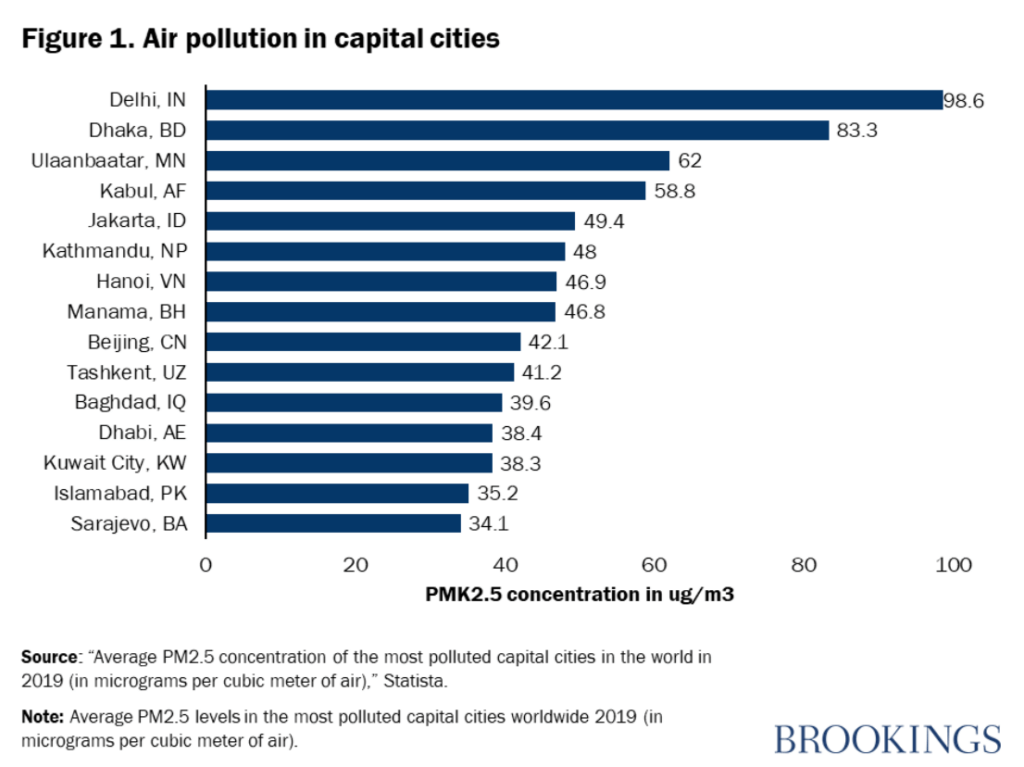
The limited access to coping capacities combined with the lack of infrastructural amenities and the state’s apathy to the concerns of the marginalised have resulted in an uneven burden of pollution on the vulnerable sections. This imbalance is furthered by the social and economic power of the privileged sections who enjoy absolute impunity by evading responsibility and results. This has increased environmental degradation with broader inequality.
What is environmental equity?
The collective consciousness to perceive environmental depletion and pollution in the onus of power and hierarchy has led to the formation of socially insensitive measures to tackle the problem. In this background, discussing and forming policies with particular attention to environmental equity is instrumental.
Environmental equity seeks an understanding of social structure and power systems when it comes to the development, implementation, and enforcement of environmental laws, regulations, and policies. Recognising that the marginalised sections often bear a disproportionate burden of environmental degradation and inadequate access to coping mechanisms is key to this concept. Along with housing locations near sources of pollution waste disposal sites, they are also exposed to pollutants due to their occupational structures.
The case of Delhi
In India and especially in Delhi, there is a notable trend where individuals from lowered caste and class groups often find themselves employed in occupations commonly considered ‘menial,’ including tasks such as garbage collection, vegetable vending, and hair-cutting services. This specific demographic tends to be disproportionately involved in outdoor activities associated with these roles.
Furthermore, they frequently reside in congested localities, which results in a heightened exposure to air pollution in the city. They live in inadequately ventilated or crowded housing conditions, which can result in elevated levels of indoor air pollution. This issue is frequently associated with using solid fuels for cooking and heating.
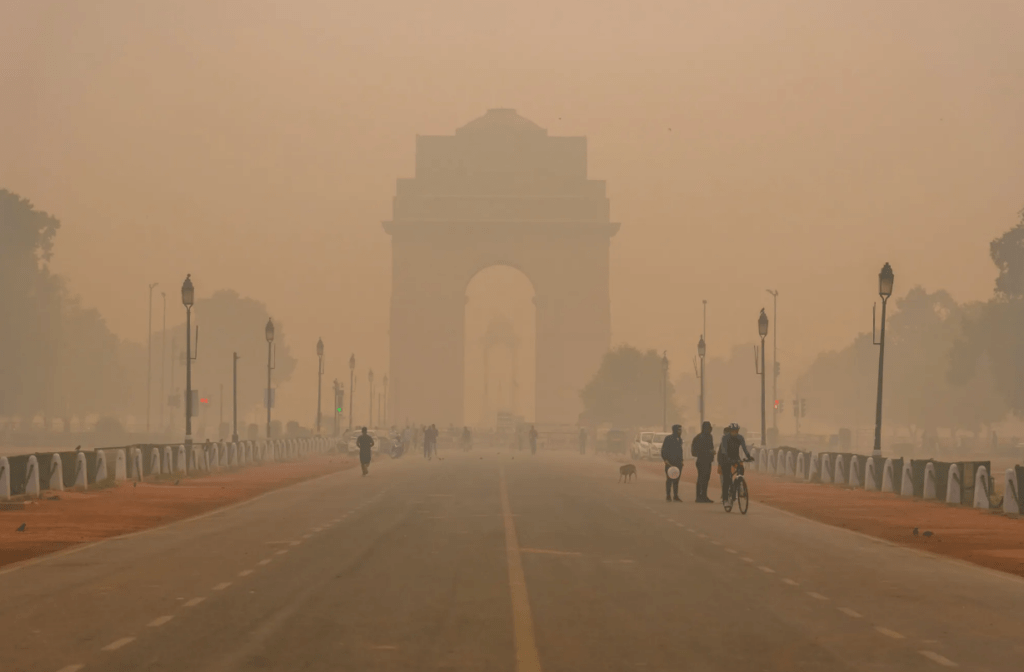
In many cases, lower-income households may need access to cleaner cooking technologies or sufficient ventilation systems, compromising indoor air quality. The reliance on solid fuels in cooking processes, a common practice in such households, is a major contributor to indoor pollution, posing significant health risks. Consequently, the lack of access to cleaner technologies and proper ventilation exacerbates the challenges faced by marginalised populations in maintaining healthy indoor environments, with potential implications for their overall well-being.
The presence of green spaces, tree cover, and the overall quality of urban infrastructure differ significantly among various socio-economic zones. More affluent areas often enjoy superior infrastructure, creating a more favourable and pleasant living environment.
Wealthier neighbourhoods typically have greater access to well-maintained parks, abundant greenery, and a well-developed urban infrastructure. This not only enhances the aesthetic appeal of the area but also contributes to the overall well-being of residents. The availability of recreational spaces and a more thoughtfully planned urban environment can positively impact residents’ physical and mental health.
In contrast, neighbourhoods of marginalised sections lack these amenities, potentially leading to disparities in living conditions and access to essential services. As a result, addressing these discrepancies in urban infrastructure becomes crucial to promoting equitable and healthier living environments for all residents, regardless of their socio-economic status.
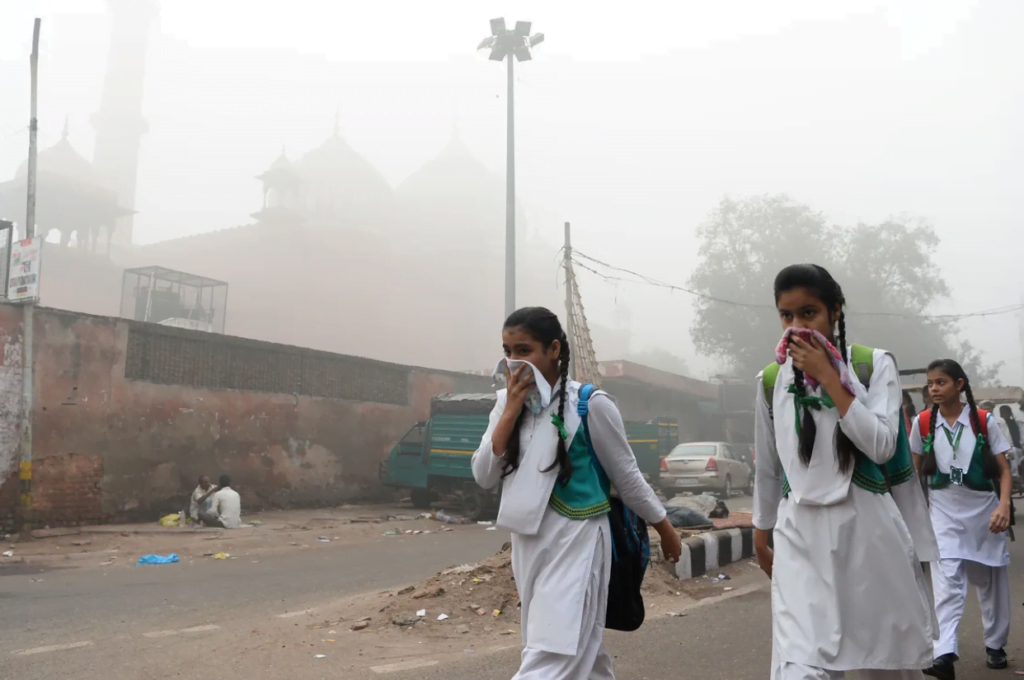
The correlation between occupation and residence within this demographic sheds light on a significant social dynamic. It underscores how individuals from lower caste and class backgrounds not only face occupational disparities but also encounter environmental challenges linked to their residential circumstances. The fact that these individuals often engage in outdoor work and live in densely populated areas accentuates the potential risks associated with environmental exposures.
This situation brings attention to the more significant issue of occupational and residential patterns that align with India’s social hierarchies and economic inequalities. It emphasises the urgent need for a more thorough examination of the country’s complex interconnections between caste, class, and environmental equity. Understanding and addressing these intersections is crucial for developing policies and interventions that promote fair treatment, equal access, and improved environmental conditions for all members of society, irrespective of their caste or class backgrounds.
Air pollution-related morbidities and access to healthcare
Individuals in lower-income brackets often confront significant challenges when attempting to access healthcare facilities, making them more susceptible to health issues from exposure to air pollution. The adverse health effects of suboptimal air quality, particularly respiratory problems and cardiovascular diseases, pose heightened risks for these vulnerable populations.
The difficulty for marginalised sections lies in their formidable barriers to seeking high-quality healthcare services. Limited financial resources and restricted access to medical facilities complicate the management of health problems related to air pollution. This creates a scenario where individuals experience delays in seeking essential medical attention, or when care is desired, they receive inadequate or substandard services. Such challenges further magnify the health risks of prolonged exposure to poor air quality.
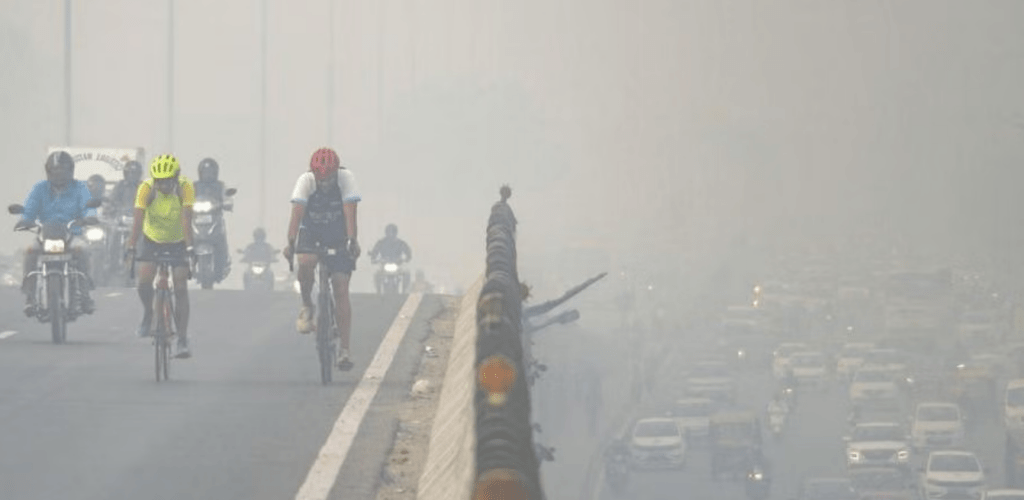
The intersection of social constraints and barriers to healthcare access underscores the pressing need for targeted interventions and policies addressing health disparities. Efforts should be directed toward improving the well-being of underprivileged populations grappling with the health consequences of air pollution. This may involve initiatives to enhance healthcare accessibility, raise awareness about the health risks associated with air pollution, and implement measures to mitigate exposure among vulnerable communities. A comprehensive approach is essential to ensure equitable health outcomes for individuals across different socio-economic strata.
The need for policy intervention
Enforcing environmental regulations and policies may be less rigorous in regions inhabited by lower-income communities, leading to elevated pollution levels in these areas. To tackle the social inequality aspects of air pollution in Delhi, it is imperative to adopt comprehensive strategies that span urban planning, environmental policies, public health initiatives, and community engagement.
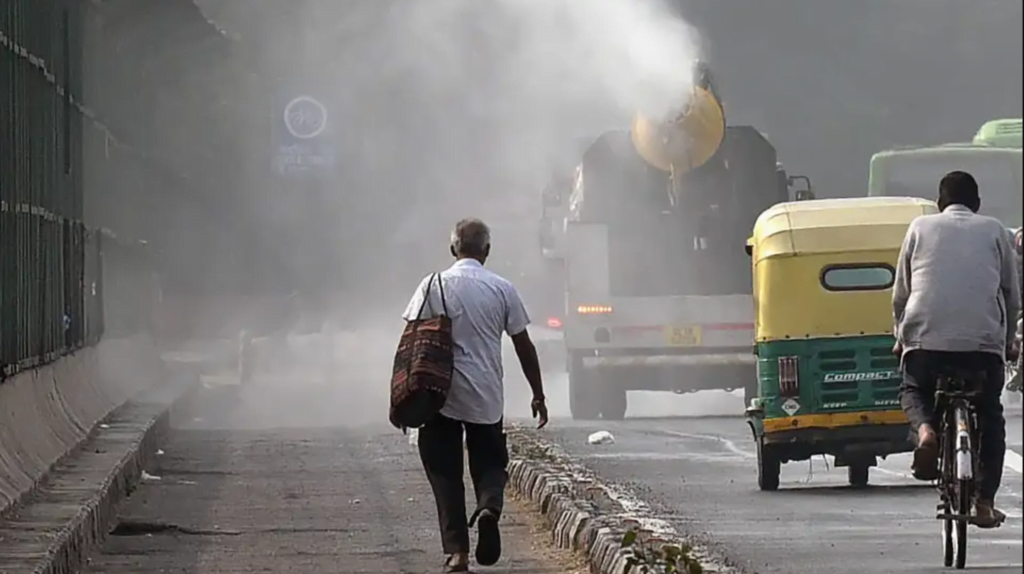
Efforts to address air quality issues in Delhi should consider the social barriers subjected to the vulnerable groups. Policies should reduce pollution at its source, improve housing conditions, provide better healthcare access, and raise awareness among vulnerable populations.
Public transportation improvements, green initiatives, and regulations on industrial emissions are some measures that can contribute to a more equitable distribution of clean air. Community engagement and education programs can also empower residents to protect themselves and advocate for cleaner air.
Addressing the root causes of air pollution-related disparities involves efforts to improve overall living conditions for marginalised sections. This includes initiatives to ensure equal access to healthcare and education, which are fundamental to a healthier and more equitable society. Implementing policies prioritizing all residents’ well-being, irrespective of their socio-economic status, is crucial for creating a more inclusive and sustainable urban environment.
About the author(s)
Hajara Najeeb is an Independent Researcher working on issues of Minority Rights and Affairs, Gender, and Politics.
